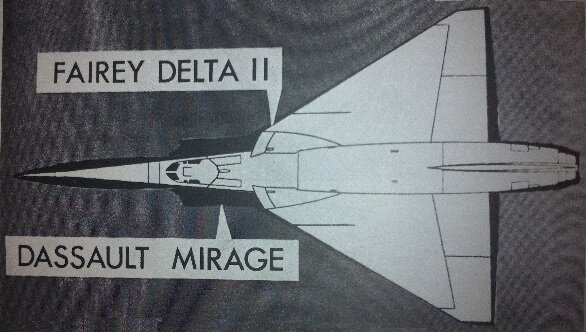It took a long time, to mature the Mirage III...
-Mirage I (failed)
-Mirage II (failed, except for the wings which went to the III-01)
-Mirage III-01 (demonstrator)
-Mirage IIIA (pre-serie of 10)
-Mirage IIIC
-Mirage IIIE
The III-E really was the most mature variant. The Mirage V sprung from it, then the 50. Together they got much more export orders than the IIIC.
Also the Mirage V loaned its fuselage to the Mirage F1, at least partially.
-Mirage I (failed)
-Mirage II (failed, except for the wings which went to the III-01)
-Mirage III-01 (demonstrator)
-Mirage IIIA (pre-serie of 10)
-Mirage IIIC
-Mirage IIIE
The III-E really was the most mature variant. The Mirage V sprung from it, then the 50. Together they got much more export orders than the IIIC.
Also the Mirage V loaned its fuselage to the Mirage F1, at least partially.


